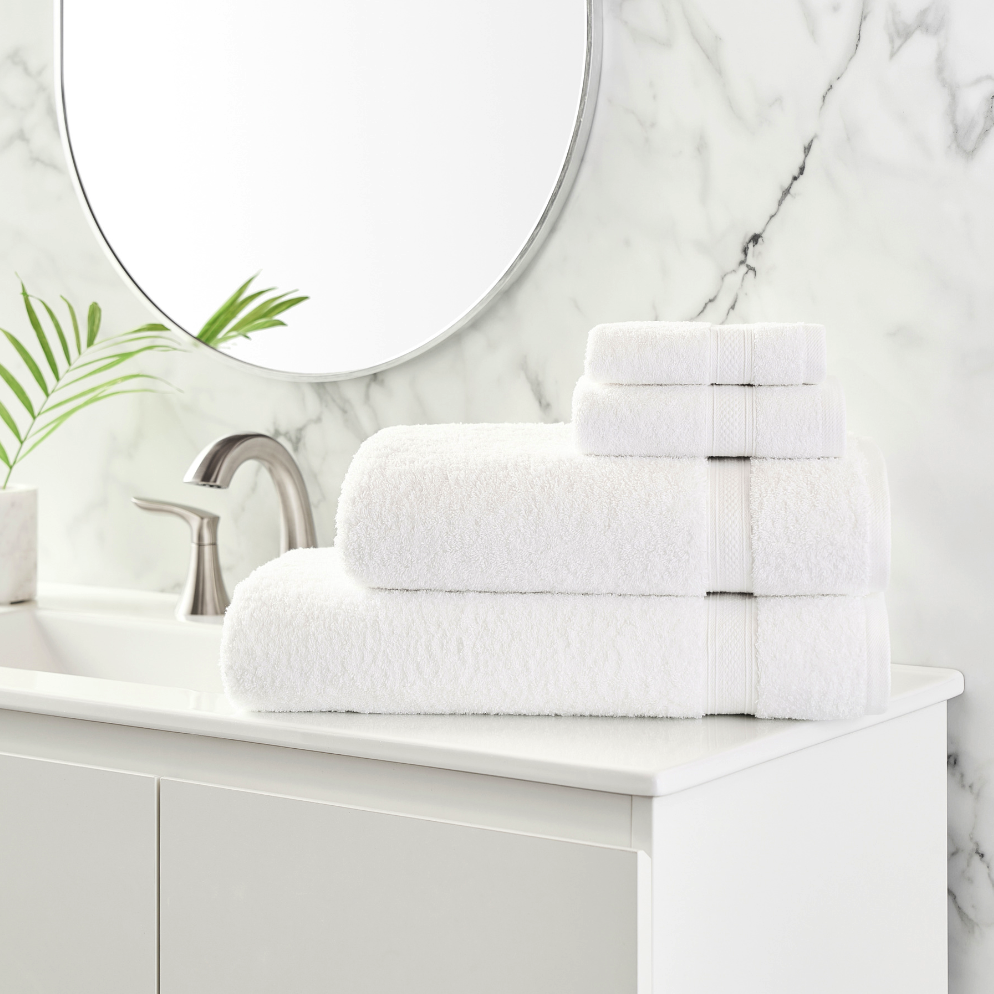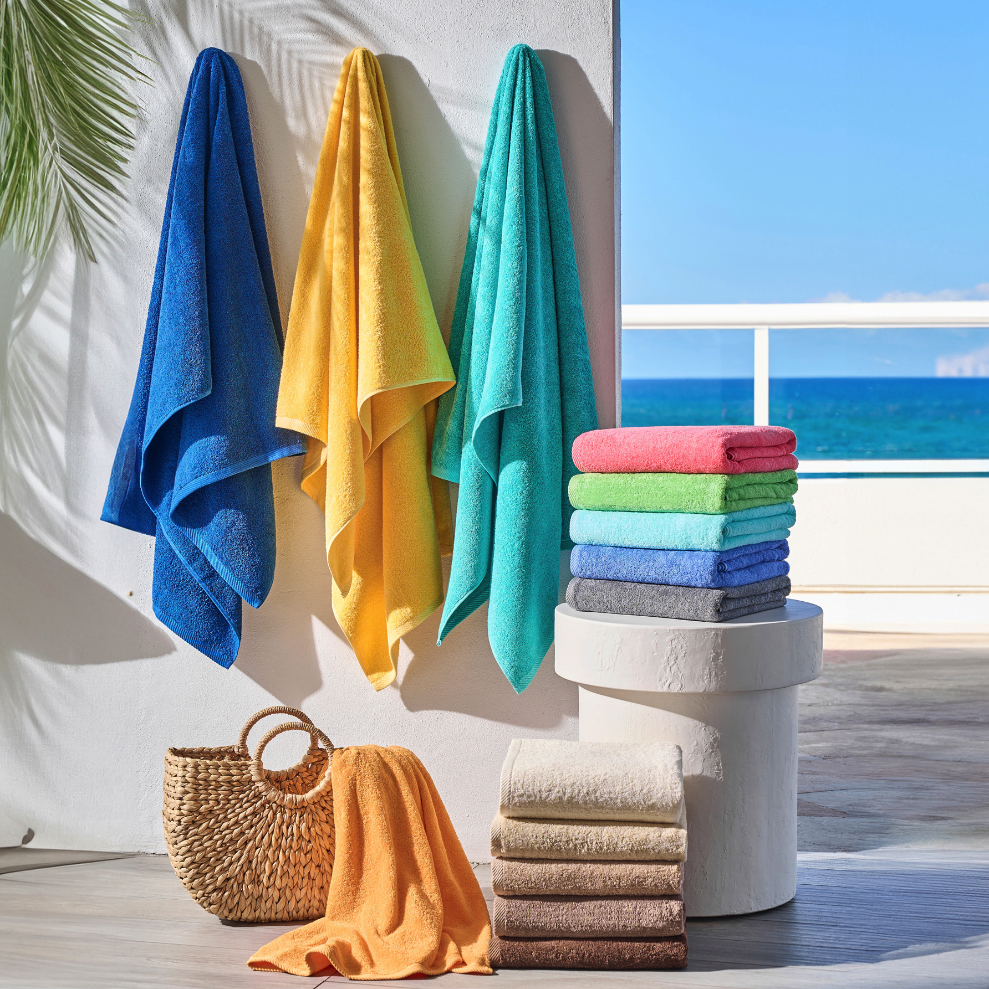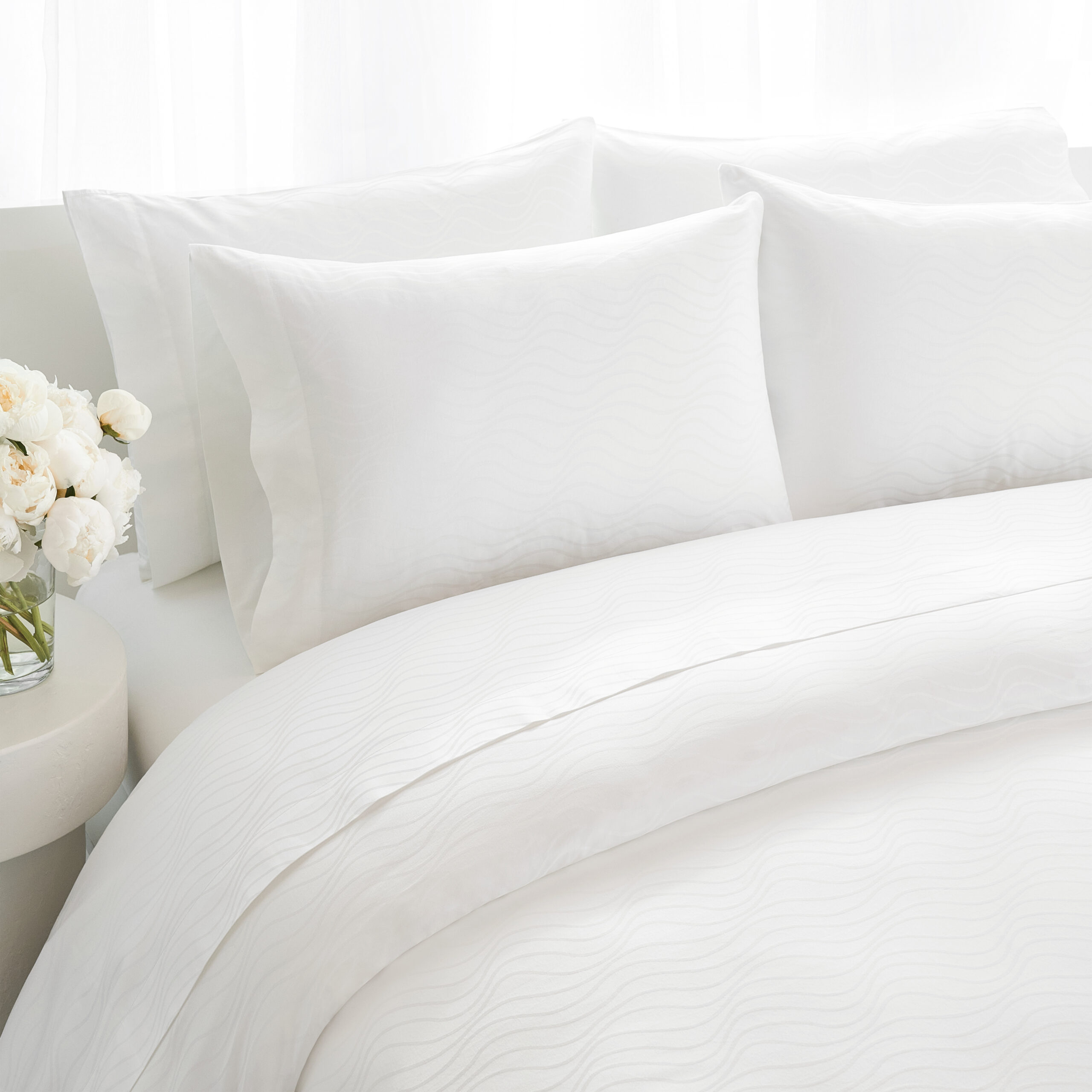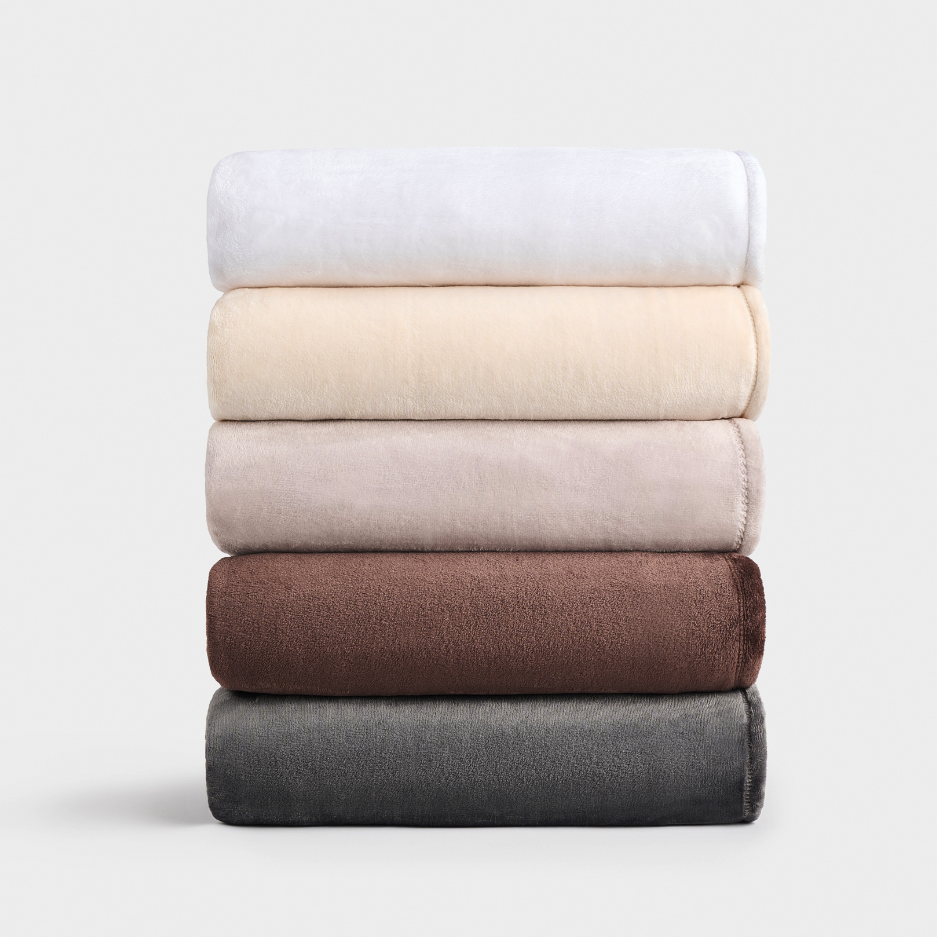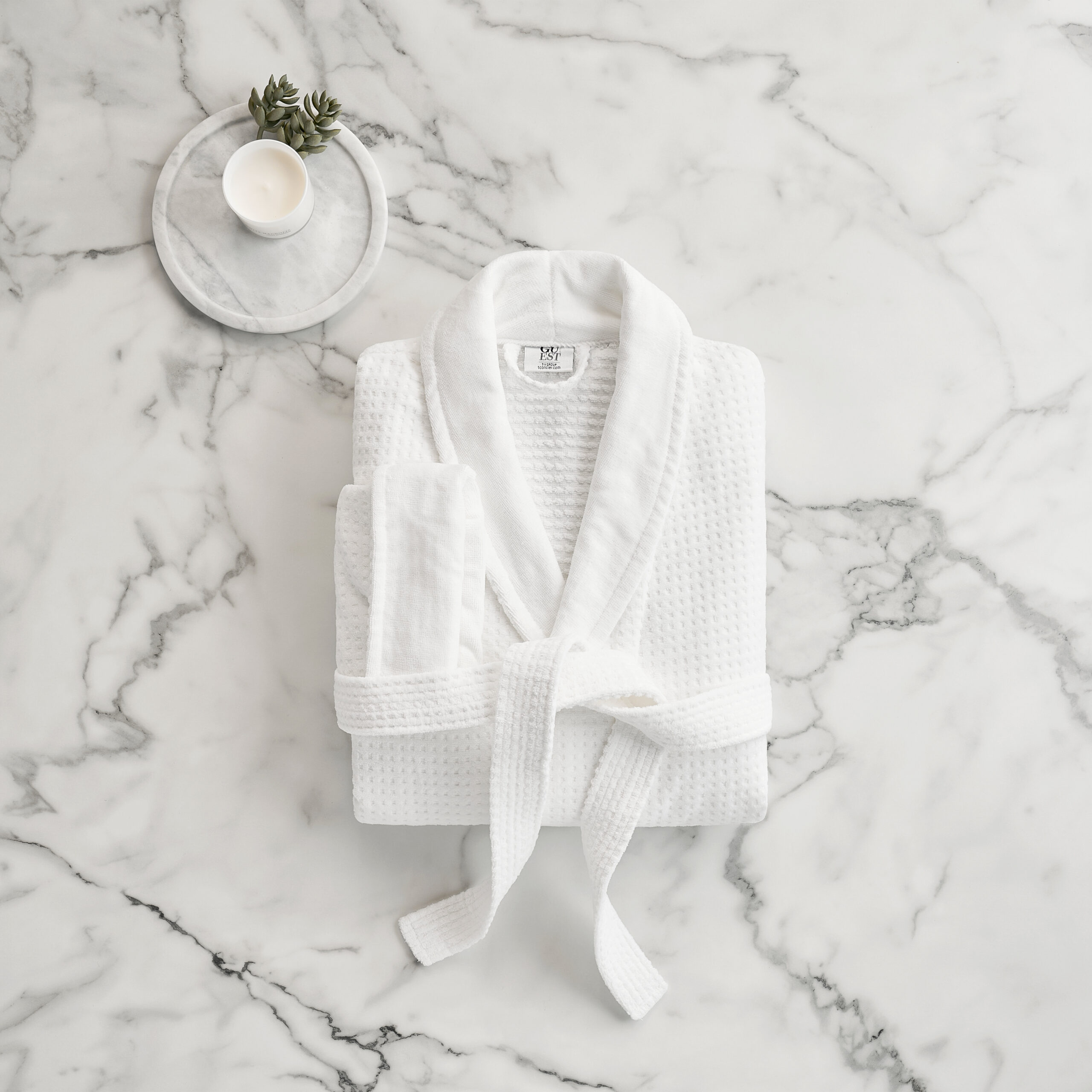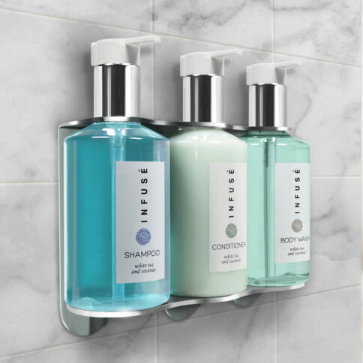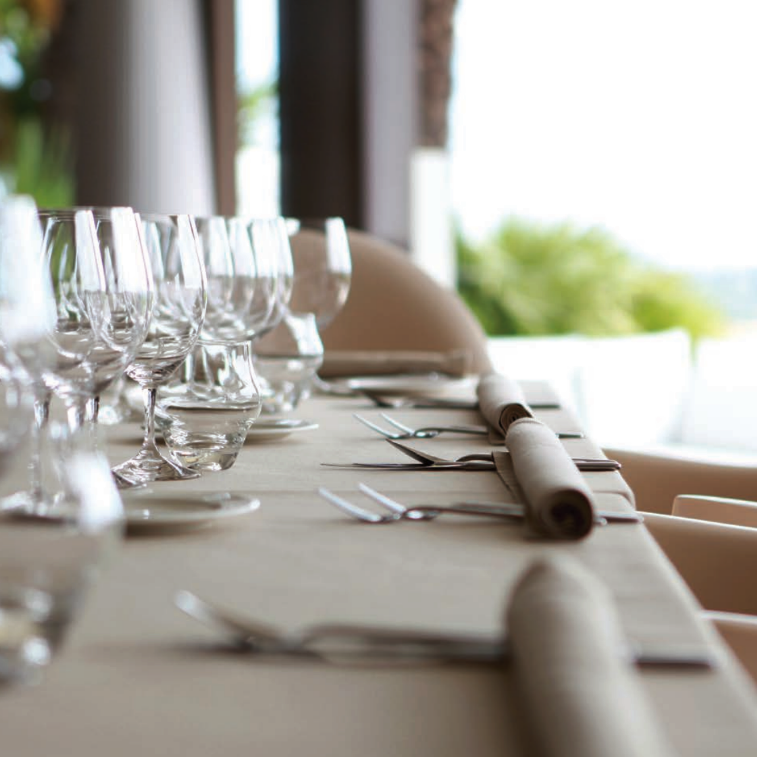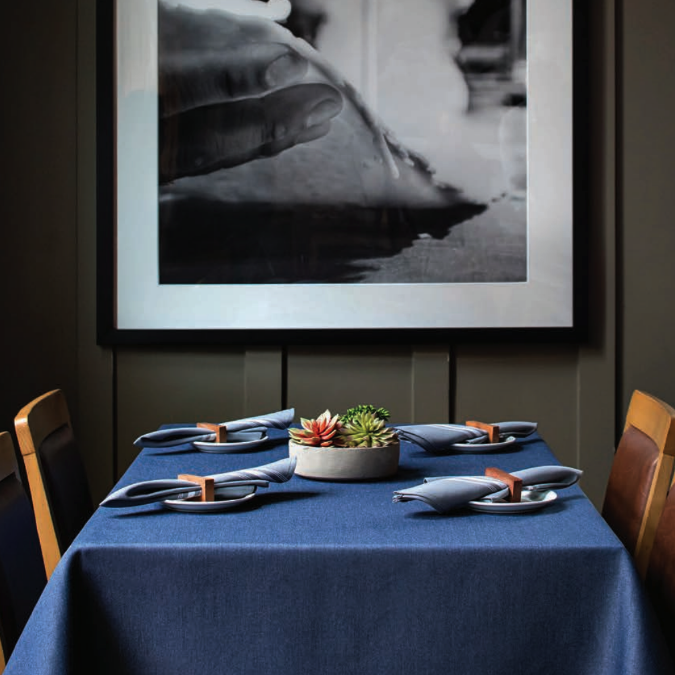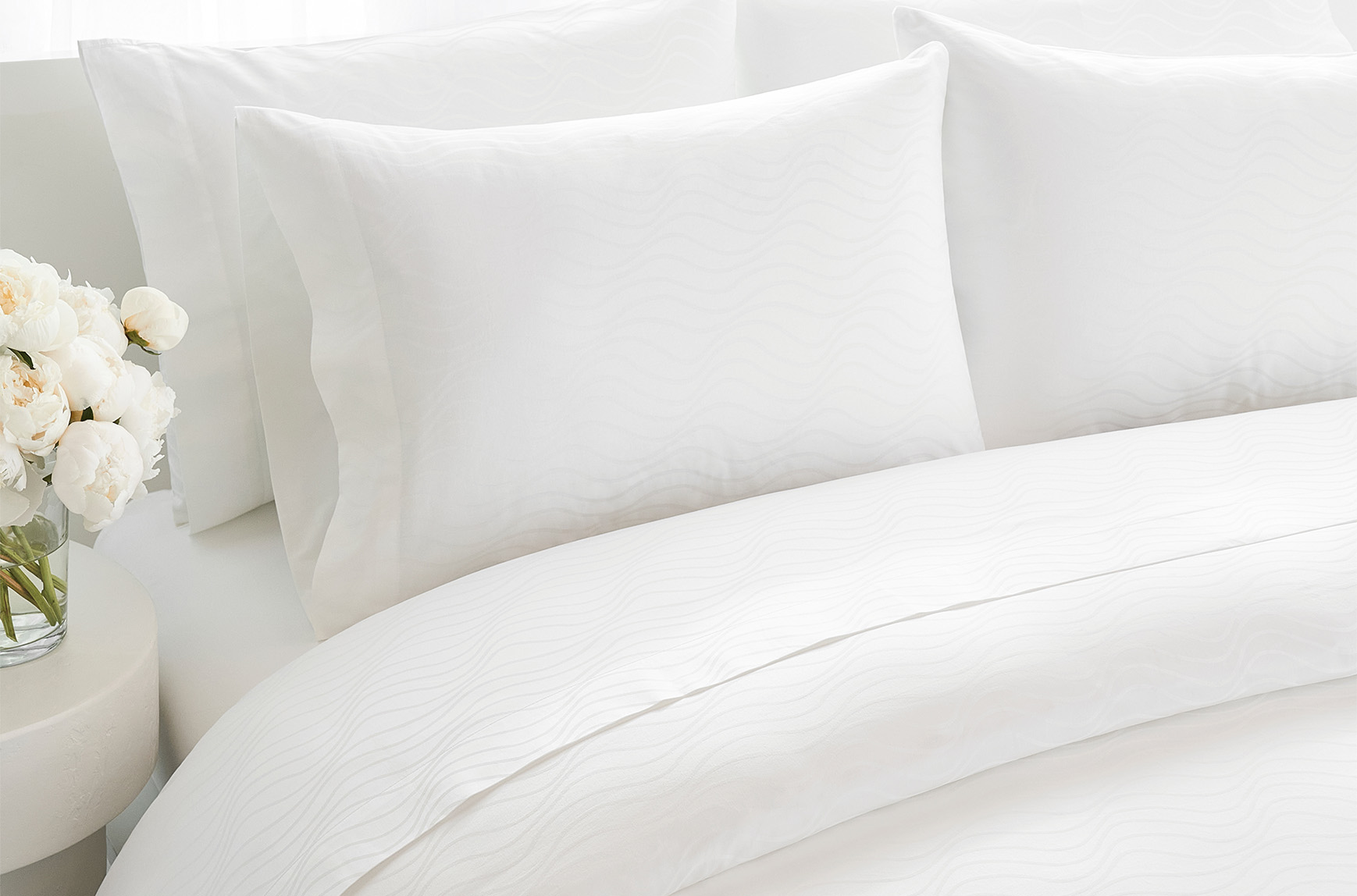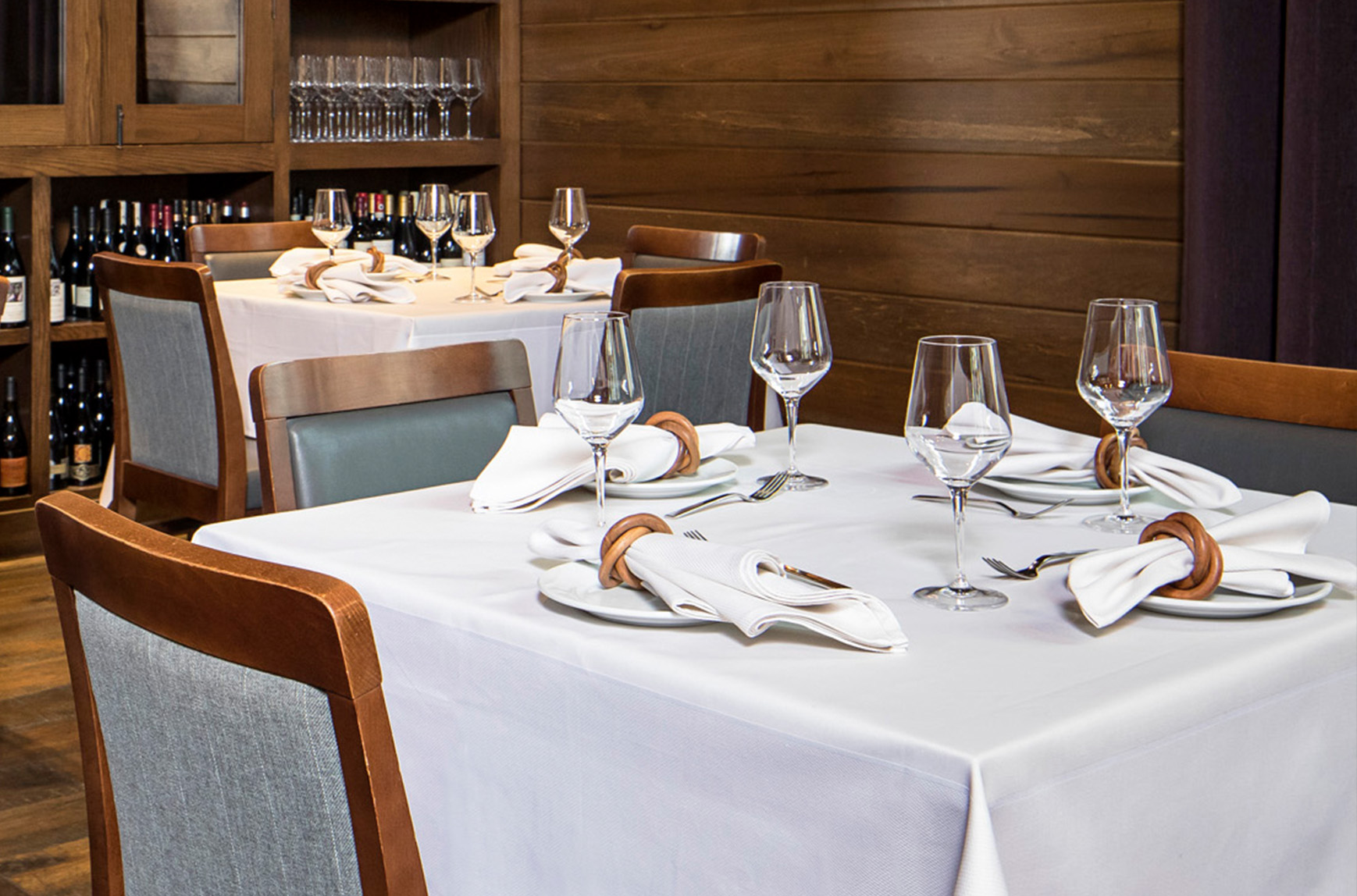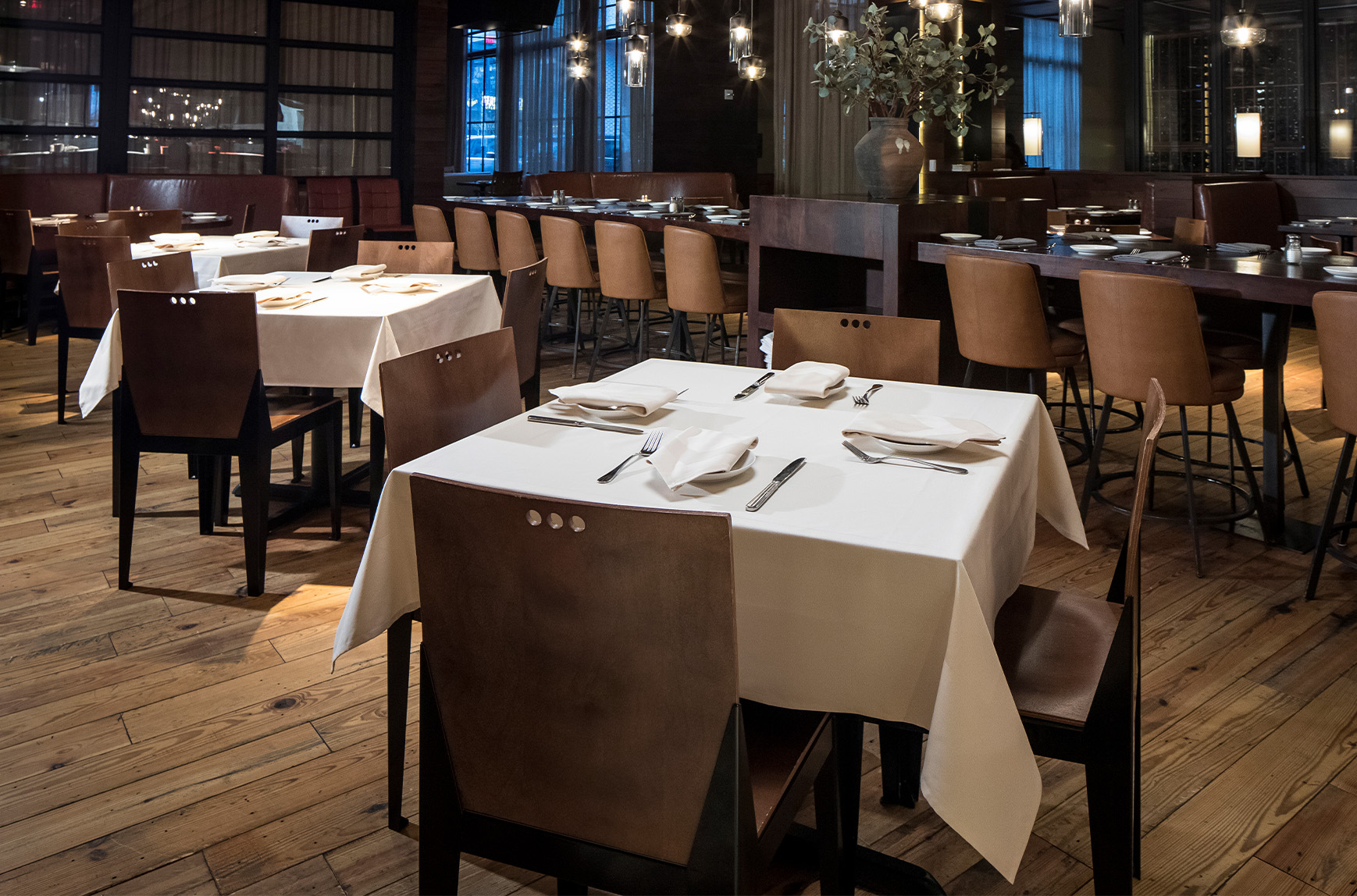Home / Hospitality / Tips for Hospitality Laundering
As a hospitality professional, you know the importance of fresh, attractive linen in your guest rooms. Luxurious, fresh-smelling towels, crisp cotton bedding, and soft wraparound robes are a few things that define your style. However, linens are easily stained. Rather than frequently replacing these expensive goods, there are ways to launder them to remove stains, prolong their service life and ensure that they are hygienic. Here are tips for laundering hotel linens to maintain the quality your guests have come to expect from your establishment.
Pay Attention to Chemistry
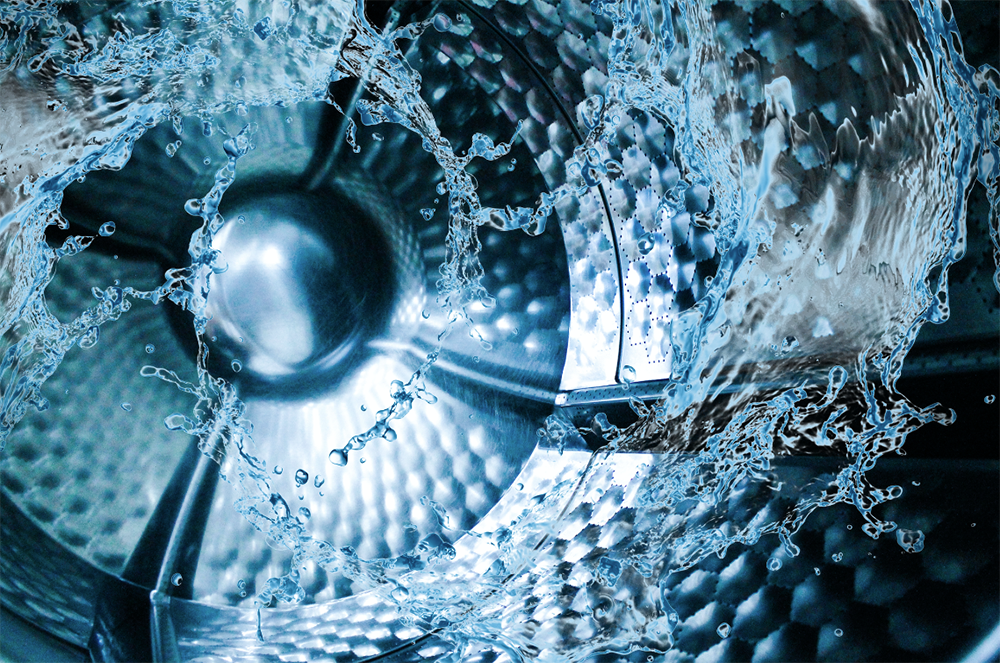
Add detergent to the water, not onto fabric. Wash cotton, synthetic and mixed-fiber fabrics separately. Mixing them can damage the fabric. Cotton sheets and towels can be washed in hot or warm water, depending on the amount of soil. Hot water kills bacteria and dust mites.
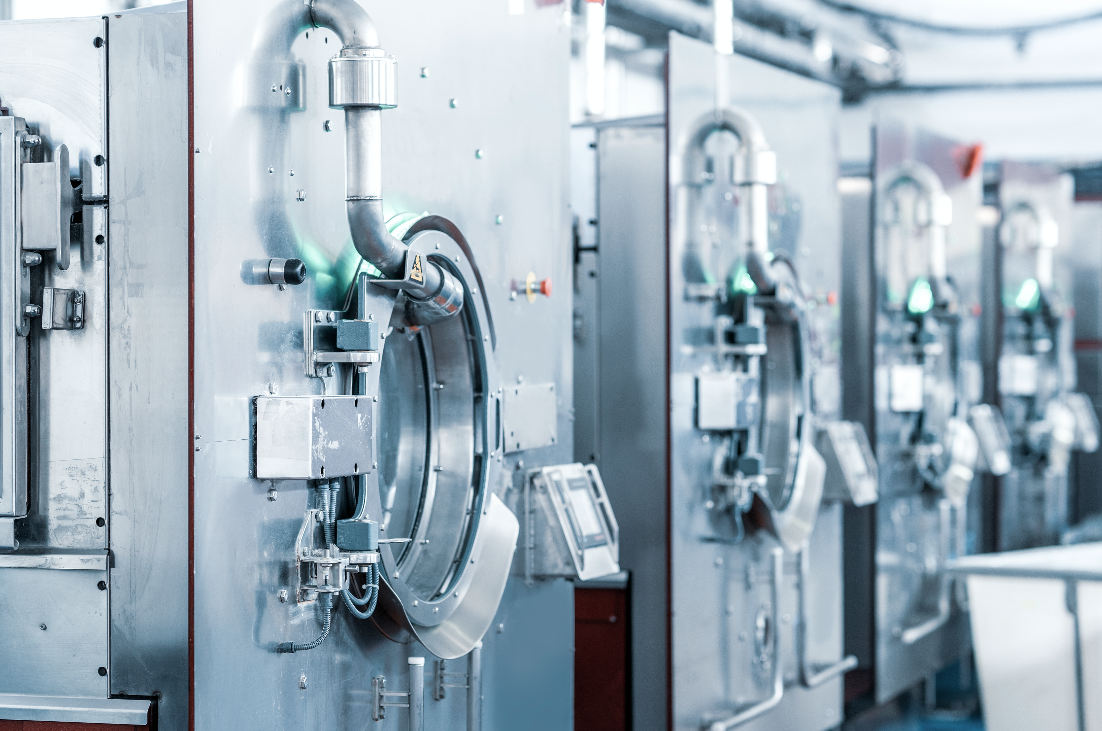
Drying
Again, check for stains before drying laundry. If stains are present, treat them and launder again. Dry towels separately to keep lint from transferring onto other items. Untangle items before loading them into the dryer to ensure that air circulates freely. Try not to overstuff the dryer, which also affects air circulation. These practices reduce wrinkling, making laundry easier and faster to iron. Cleaning lint filters after each use improves energy efficiency and reduces the likelihood of fires from overheating.
Table of Contents
Join the 1C Family as your Trusted Luxury Linen Provider
Featured Products
Choose from 14 Luxury Hotel Towel and Pool Towel Collections. We offer 100% Cotton, Cotton-Polyester blend, Pima, and Bamboo. From quick-drying absorbent towels to intricate borders and weaves, we have the right towel collection for you!
We offer a wide selection of luxury hotel sheets, bedding, blankets, and pillows in various qualities to suit your specific needs. Whether you’re looking for premium cotton sheets, soft and durable blankets, or plush pillows, we have options that ensure both comfort and elegance for your guests.
Our premium bathrobes can be found and many luxury hotels and spas, adding a touch of elegance and comfort to your guest experience. We also offer a range of guest room amenities.

